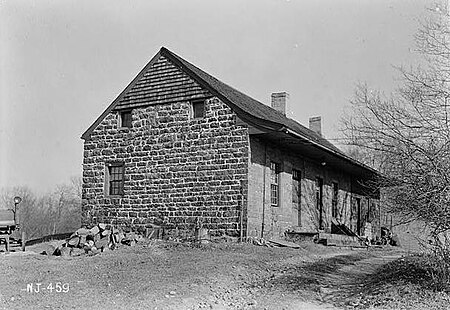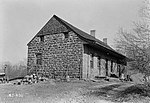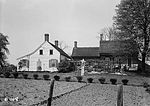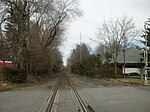Gerrit Haring House
Houses in Bergen County, New JerseyHouses on the National Register of Historic Places in New JerseyNational Register of Historic Places in Bergen County, New JerseyNew Jersey Register of Historic PlacesNew Jersey Registered Historic Place stubs ... and 1 more
Old Tappan, New Jersey

Gerrit Haring House is a historic house at 224 Old Tappan Road in Old Tappan, Bergen County, New Jersey, United States. This mid-eighteenth-century house was added to the National Register of Historic Places in 1983.
Excerpt from the Wikipedia article Gerrit Haring House (License: CC BY-SA 3.0, Authors, Images).Gerrit Haring House
Old Tappan Road,
Geographical coordinates (GPS) Address Nearby Places Show on map
Geographical coordinates (GPS)
| Latitude | Longitude |
|---|---|
| N 41.013055555556 ° | E -73.986666666667 ° |
Address
Old Tappan Road
Old Tappan Road
07675
New Jersey, United States
Open on Google Maps










